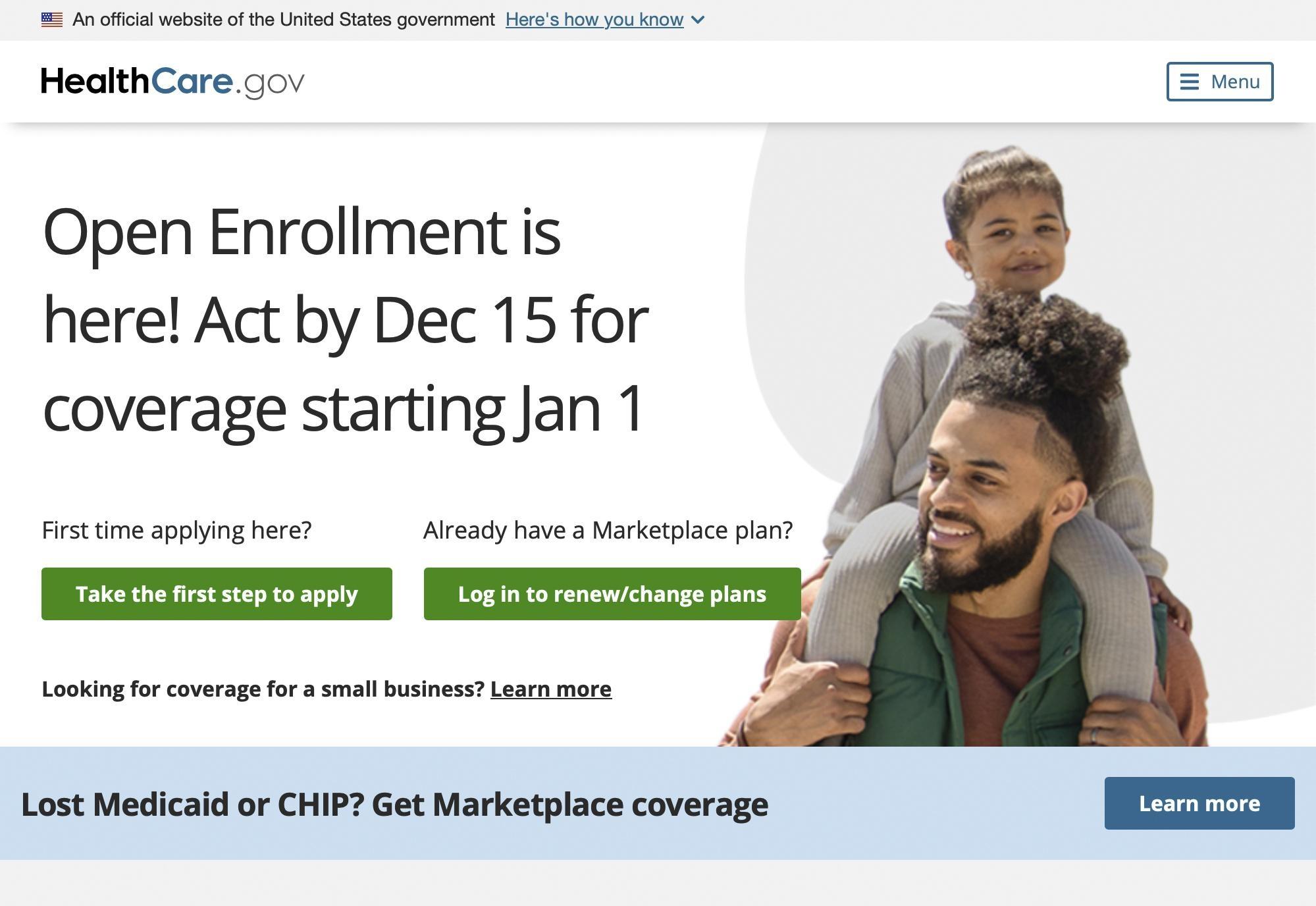“It used to be that some people who were middle income were just priced out altogether from being able to afford health insurance on this market, but also some lower-income people had to spend maybe 2% or 3% of their income on a plan that maybe wasn't that attractive because the deductible might have appeared to be too high,” said Cynthia Cox, a vice president at KFF and one of the authors of the report. “With these new subsidies, it can make coverage more affordable with the monthly premium and can also make it possible for people to afford better coverage with a lower deductible.”
Cox said these subsidies have played out differently in different states. In particular, Southern states have seen the most growth, with several — like Texas, Mississippi and Georgia — more than doubling their marketplace enrollment.
Each Gulf South state was in the top 10 for enrollment increases in the report, but some individual differences were driving the growth.




